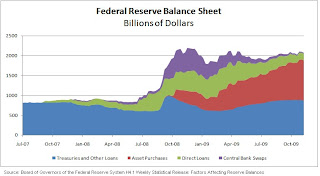The figure below charts the proportion of IMF votes against a country’s share of global GDP.
 According the CRS report, the US “is unlikely to lose voting power in the negotiations, as the United States is actually an under-represented country at the IMF. The United States chose to allow its proportional share to decline in recent decades, partly to make room for new members and partly to lower its financial obligation.”
According the CRS report, the US “is unlikely to lose voting power in the negotiations, as the United States is actually an under-represented country at the IMF. The United States chose to allow its proportional share to decline in recent decades, partly to make room for new members and partly to lower its financial obligation.”
I’ve written about IMF voting shares previously and shown the US is by no means lacking representation. Under a move this year to allow the IMF to respond to the current crisis by selling some gold, the US still has 16.73 percent of all IMF votes. That’s the largest share to any single country and more than twice the 6.23 percent of votes given to Japan the second most prominent country. Additionally, the so-called BRIC (Brazil, Russia, India, and China) developing countries make up only 10.26 percent of IMF votes. That’s a large share but it still leaves the US as the dominant power.
Nor is global GDP really the relevant measure. IMF votes are assigned proportionately to contributions to IMF funds, not to global output. In other words, the US’s official position in global financial institutions has more to do with our level of involvement than with superpower status. As measures to reform global finance in the wake of the crisis, staying involved should be a priority.
 Now the government at least bought into GM near a
Now the government at least bought into GM near a 

